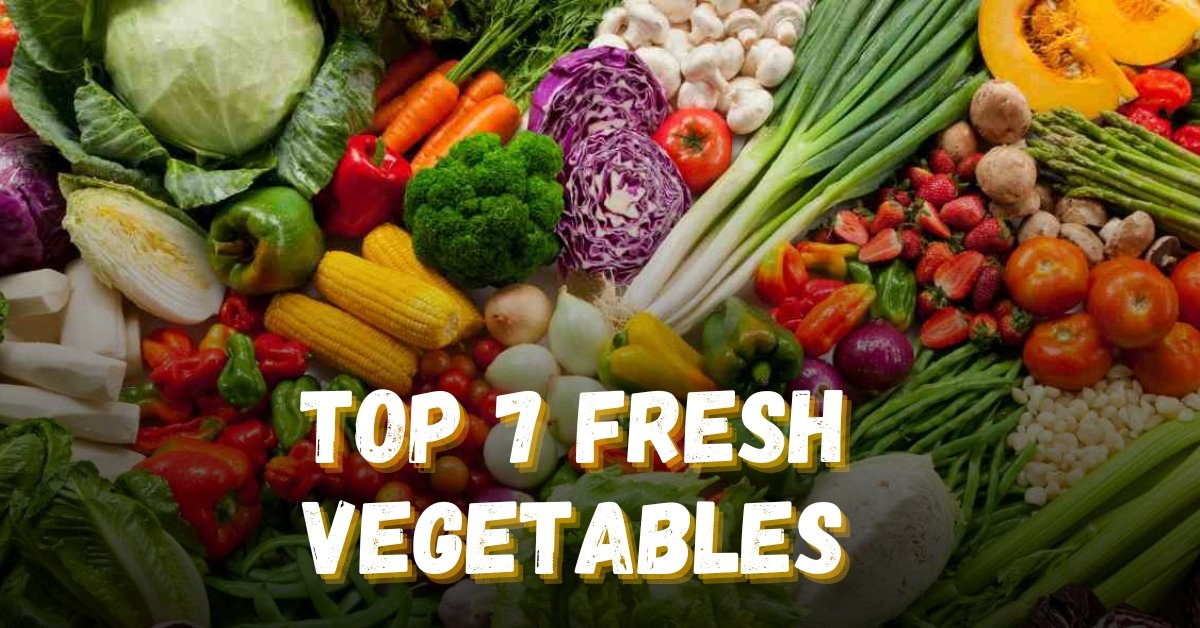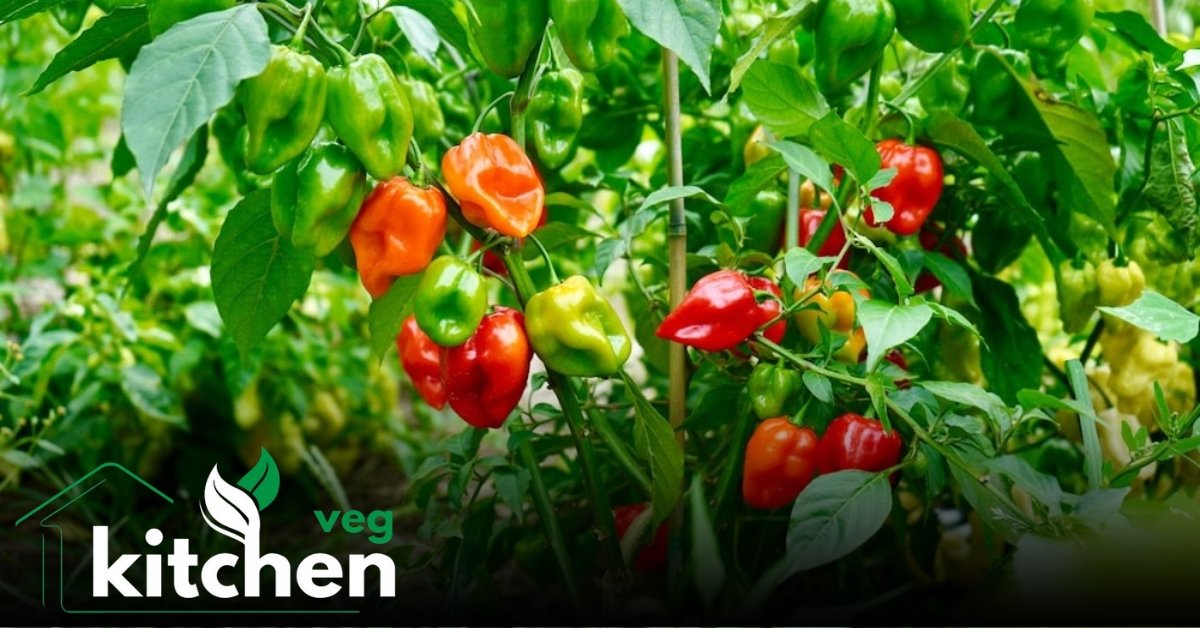Introduction
The calabash plant, Lagenaria siceraria, is also referred to as the bottle gourd and has significant cultural, culinary, and medical uses. The calabash is an African invention that has made its way throughout the world and into many different countries, where it is now a beloved and useful part of everyday life.
The goal of this article is to give a thorough introduction to the calabash, including information on its history, botanical traits, cultivation, culinary applications, therapeutic qualities, cultural significance, and environmental effects.
History and Origin
Early Cultivation and Domestication
One of the first cultivated plants, the calabash may have been used as early as 13,000 years ago, according to archeological findings. It is thought that the plant came from Africa and traveled to Asia, Europe, and the Americas.
The calabash was used by ancient cultures for a variety of things, such as food, musical instruments, and containers. The calabash was an essential component of early human cultures due to its flexibility.
Calabash in Ancient Cultures
While calabashes were frequently portrayed in art and utilized in traditional Chinese medicine, they were also utilized as liquid containers in ancient Egypt. African societies, where the calabash has been a part of daily life and ceremonies for millennia, also place a high significance on it. Early human migration and trade routes are thought to have taken it to America.
Botanical Characteristics
Description of the Plant
A climbing plant, the calabash is a member of the Cucurbitaceae family, which also contains pumpkins, melons, and cucumbers. Large, lobed leaves and night-blooming white flowers are features of the plant. Its fruit is usually green when young and turns brown or tan as it ages. The fruit can vary greatly in size and shape.
Varieties of Calabash

The calabash comes in a wide range of shapes and sizes, from big, elongated fruits to tiny, circular gourds. The bottle, snake, and club gourds are a few common varieties. Because each variety has unique traits and applications, cala-bash is a very useful plant.
Cultivation and Harvesting
Growing Conditions
Calabashes grow best in warm, tropical weather with lots of sunshine and soil that drains easily. They are vulnerable to frost and need a lengthy growing season, usually lasting between 120 and 150 days. Seeds of the plant can be grown; to improve germination, immerse the seeds in water before planting.
Planting and Care
Planting cala-bash seeds requires well-prepared soil and enough of room for the vines to grow. Healthy development requires regular fertilizer and irrigation. Trellises or other support structures are beneficial for cala-bash since it is a climbing vine that keeps the fruit off the ground and lowers the risk of disease.
Harvesting and Storage
Typically, calabashes are harvested as soon as the fruit achieves the proper size and form. The fruit should be plucked when it is still young and soft for culinary purposes. Mature cala-bashes that are going to be used as crafts or containers need to be let to dry on the vine. Fruits can be kept for several months after they are gathered in a cool, dry location.
Culinary Uses
Edible Parts of the Calabash
The fruit, leaves, and seeds of the cala-bash are among its many edible elements, making it a multipurpose vegetable. Some civilizations also eat the leaves and seeds, but the young fruit has a mild flavor and is useful in many recipes.
Traditional Recipes and Dishes
In Indian cooking, the casaba root is frequently utilized in recipes like bottle gourd curry and dumplings called lauki ki sabzi or lauki kofta. It is frequently stir-fried or added to soups in Chinese cooking. Cabbage is used in stews and porridges in African cuisines. Fruit is a very versatile item that can be roasted, steamed, fried, or boiled.
Nutritional Benefits
Calabashes’ is high in dietary fiber, vitamins, and minerals and low in calories. It’s a great source of magnesium, potassium, and vitamin C. The fruit’s high water content also makes it a hydrating snack that helps you stay properly hydrated.
Medicinal Properties
Traditional Medicine
The calabash has been used to cure a wide range of illnesses in traditional medicine. The juice of the calabash tree is used in Ayurveda to cure skin concerns, urinary issues, and digestive disorders since it is thought to have cooling characteristics. The Calabashes’ is also used in African traditional medicine due to its supposed diuretic and anti-inflammatory qualities.
Modern Scientific Studies
Some of the traditional applications of the cala-bash have been validated by recent scientific studies. Studies have indicated that the fruit contains anti-inflammatory, antibacterial, and antioxidant characteristics. These results point to possible therapeutic uses for ailments such liver disorders, hypertension, and diabetes.
Cultural Significance
Symbolism and Rituals
In many civilizations, the calabash has great symbolic importance. It is frequently connected to fertility, wealth, and safety in Africa. In many rites and rituals, including as marriages, burials, and harvest celebrations, cala-bashes are employed. Within certain Native American societies, the calabash represents harmony and cooperation.
Art and Music
Many creative and musical instruments are made from the hard shell of the cala-bash. The calabash is used in West Africa to construct stringed instruments such as the kora, rattles, and drums. The gourd is the perfect material for creating bright, rich sounds because of its inherent resonance. In order to create elaborate designs and sculptures, artists also cut and paint the shells.
Environmental Impact
Sustainable Farming Practices
Calabash agriculture can be environmentally beneficial when conducted carefully. The plant’s capacity to grow in varied climes and its minimal water requirements make it a potential crop for sustainable farming. To grow calabashes, farmers can also employ organic farming practices, which lessens their dependency on chemical pesticides and fertilizers.
Ecological Benefits
The calabash plant can support biodiversity by giving different wildlife species a place to live and food. Pollinators, like bees and butterflies, are drawn to the blossoms of this plant and are essential to the upkeep of thriving ecosystems. Moreover, the calabash can be planted with other plants to improve soil quality and decrease damage.
Economic Importance
Commercial Cultivation
Where it is grown economically, the calabash has a substantial economic value. Growers have the option to market their fresh fruit, dried gourds, and goods crafted from calabash shells. For many small-scale farmers and craftspeople, the demand for cala-bash goods in domestic and foreign markets provides profit.
Craft and Handicraft Industry
The calabash has enormous benefits for the craft and handicraft sector. A wide range of goods, such as bowls, receptacles, instruments, and decorative pieces, are produced by artisans. These crafts help many families make ends meet by being sold frequently at fairs, local markets, and online.
Challenges and Opportunities
Pest and Disease Management
Keeping pests and illnesses under control is one of the biggest issues in cala-bash farming. Aphids, whiteflies, and beetles are common pests, and plants can be harmed by diseases like powdery mildew and downy mildew. Crop rotation, biological treatments, and resistant varieties are examples of integrated pest management (IPM) techniques that can be used to assist reduce these problems.
Market Expansion
There is a good chance that the market for calabash goods will grow. Demand in health-conscious markets may be influenced by growing knowledge of the cala-bash’s nutritional and therapeutic advantages. Additionally, highlighting the creative and cultural significance of calabash crafts might increase sales by drawing in additional customers.
Future Prospects
Research and Development

To fully realize the potential of the cala-bash, research and development efforts must continue. The value of the plant can be increased by research concentrating on increasing productivity, pest resistance, and nutritional content. Furthermore, investigating novel applications in cooking and medicine may lead to new uses.
Global Promotion
The calabash can become more well-known and appreciated if it is promoted internationally. Events like international cooking contests, festivals, and awareness campaigns can highlight the advantages and adaptability of the calabash. Governments, non-governmental organizations, and the commercial sector working together can help these initiatives succeed and propel the calabash’s global promotion.
Conclusion
An interesting plant with a long history and a wide range of uses is the cala-bash. Because of its culinary, medical, cultural, and economic importance, it is an important resource for people all over the world.
We can make sure that the cala-bash plant thrives and benefits future generations by adopting sustainable growing practices, funding research and development, and highlighting the plant’s distinctive features. The calabash’s historical significance and ability to promote a sustainable and culturally diverse world are demonstrated by its voyage from antiquity to the present.



